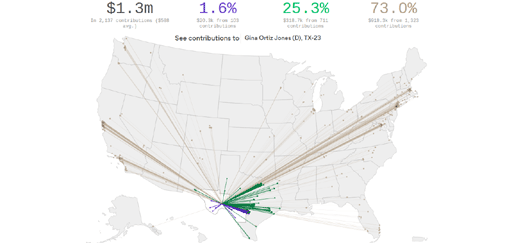Posts
Showing posts from August, 2018
Where House Prices are Rising & Falling
- Get link
- X
- Other Apps
Global Heat Records Broken this Summer
- Get link
- X
- Other Apps
Mapping the Native Communities of California
- Get link
- X
- Other Apps
Before & After Imagery of the Carr Fire
- Get link
- X
- Other Apps


























